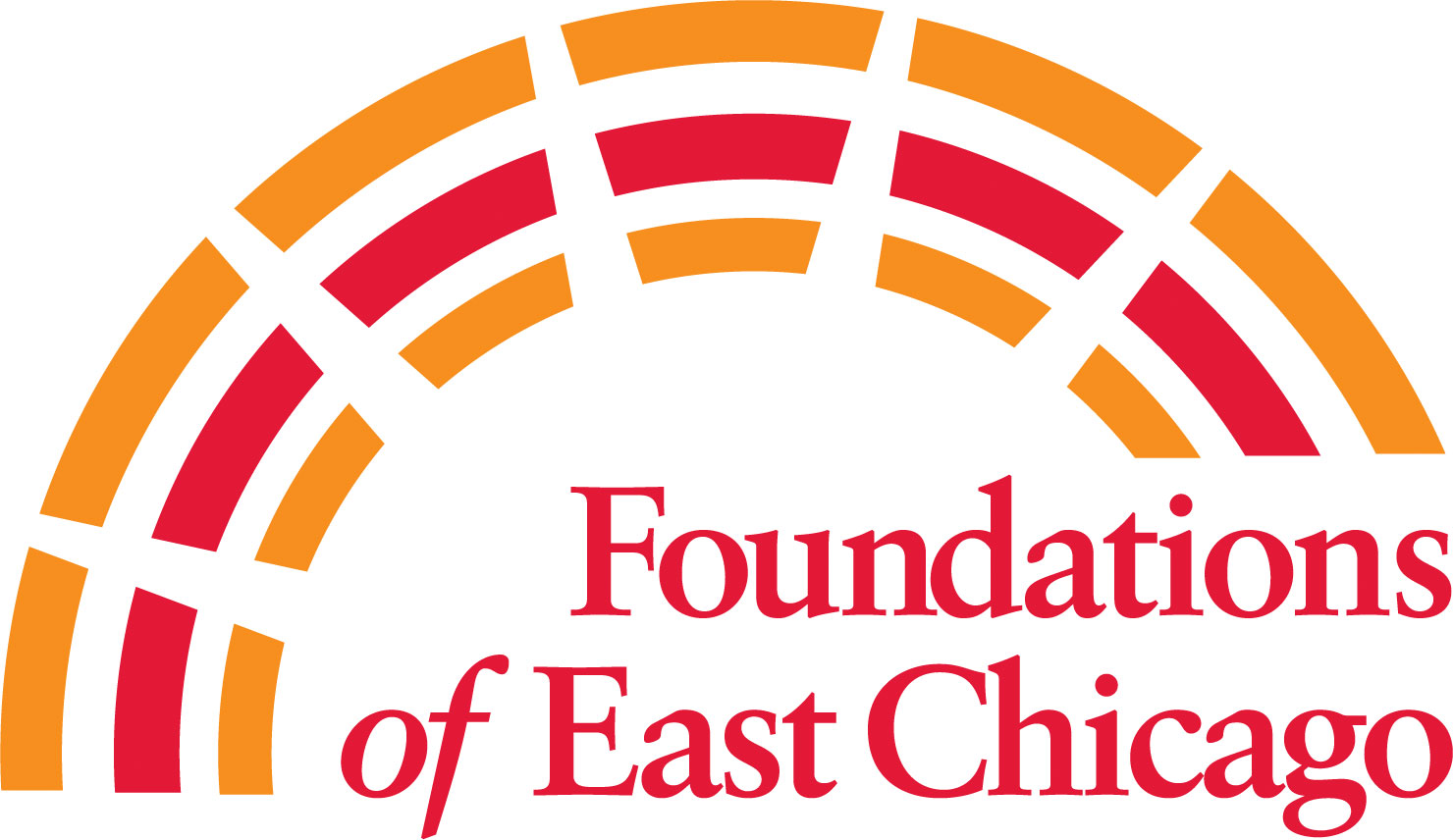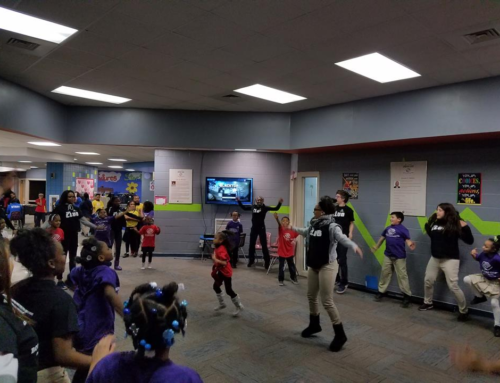One of the core principles of FEC is that of collaboration. For years, the organization has been collaborating with other nonprofits for their own events in addition to distributing grants to other local organizations that choose to collaborate for a cause.
These grants are known as FEC Collaboration Grants and are awarded to teams of 3-6 organizations that are working to create programs to help the people of East Chicago. Over a span of four years, FEC has awarded a total of $3.76 million in these grants to 42 collaboration efforts.
Recently, this idea of nonprofit collaboration received attention on the national level. Vikki Spruill, President and CEO of the Council on Foundations, announced that collaboration within philanthropy is necessary for organizations to achieve more.
The Council on Foundations is an international philanthropic organization that describes its mission as providing the opportunities, leadership and tools needed by charitable organizations worldwide. The Council distributes grants as well as gives smaller organizations a voice and representation to benefit their causes.
Spruill originally discussed the importance of philanthropic collaboration at the Council’s 2015 Annual Meeting in San Francisco. She then turned those remarks into a Huffington Post piece that was published on June 15, 2015.
Spruill’s piece is entitled “Leading Together for Greater Impact” and emphasizes four main principles for success in nonprofit collaboration. These principles are: Focus on a Common Purpose, Share, Adopt an Ecosystem Mindset and Leverage Partnerships.
By focusing on a common purpose, organizations can keep in mind the issues and the people whom they are supporting. In collaboration, organizations must share in order to maintain cohesion. Spruill says this means sharing ideas, accountability and credit. By adopting an ecosystem mindset, collaborating organizations are encouraged to see how individual efforts can fit into a larger whole. Finally, by leveraging partnerships, collaborating groups can see how the work they are doing together can be more impactful than what any of them could do individually.
In the piece, Spruill cites an instance in which charitable organizations collaborated to achieve greater success for their cause towards helping military veterans. The effectiveness of groups such as this and those supported by FEC are prime examples of how collaboration can lead to more people receiving the help they need from these causes.



